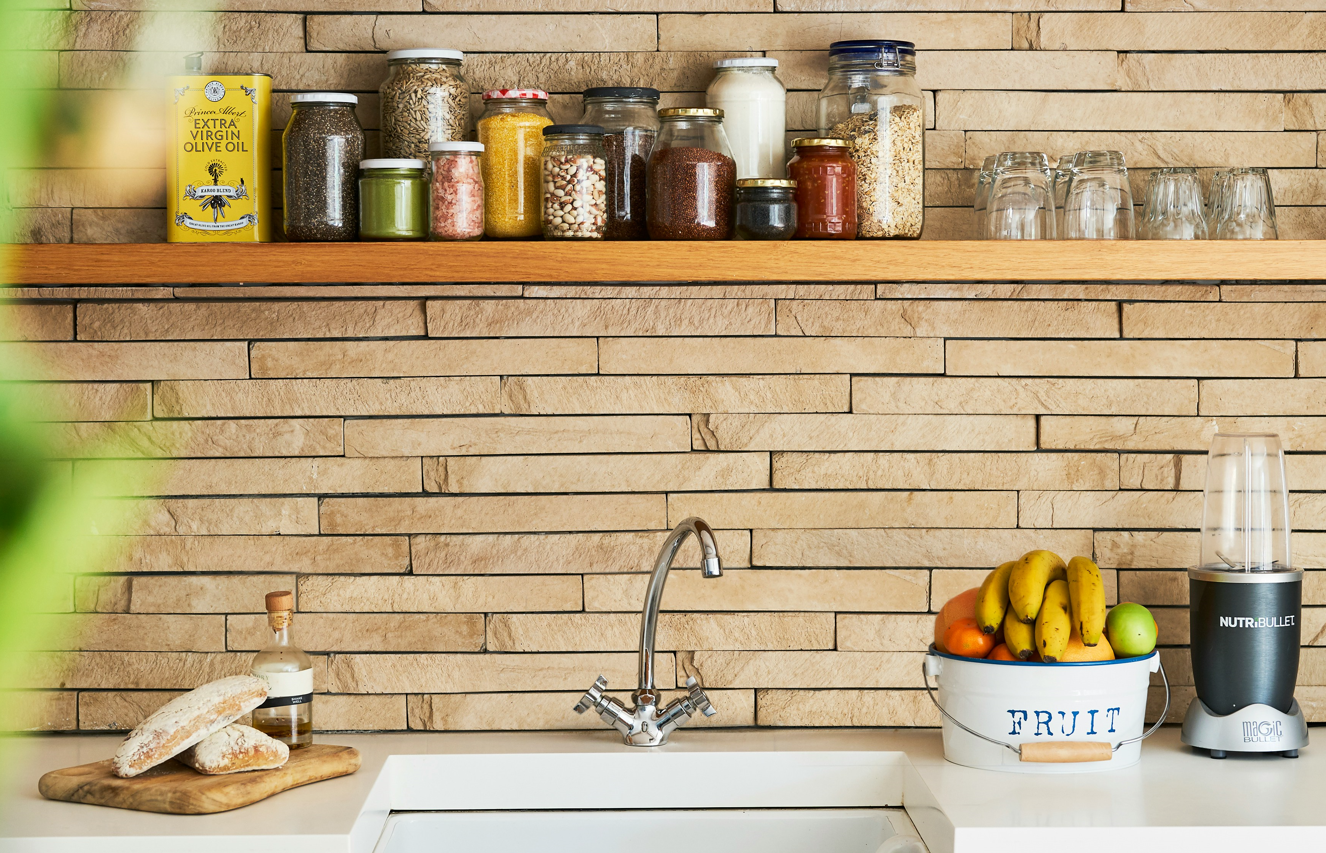
Kitchen remodeling projects offer an exciting opportunity to refresh one of the most used spaces in any home. Whether it’s a complete overhaul or minor updates, the finishes chosen can significantly impact the overall look and feel of your kitchen. However, with numerous options available, it’s easy to feel overwhelmed. In this guide, we’ll provides valuable insights on how to mix and match kitchen finishes masterfully, ensuring a cohesive and appealing design!
Understanding the Basics of Kitchen Finishes
Finishes in the kitchen context refer to the surface materials and treatments applied to countertops, cabinetry, hardware, and appliances. These can range from glossy to matte, textured to smooth, and everything in between. The right combination of these elements can create a harmonious balance, elevating the kitchen’s aesthetic.
Establishing a Focal Point
Begin by identifying or creating a focal point in the kitchen. This could be an architecturally significant feature, a high-end appliance, or a striking countertop. Use this focal point to guide the selection and combination of other finishes, ensuring they complement rather than compete with the centerpiece of the kitchen.
Mixing Metals with Mastery
Metal finishes on hardware, faucets, and lighting fixtures add a layer of sophistication to any kitchen. When blending different metals, consider their underlying tones. Warmer metals such as brass and copper pair well together, as do cooler tones like silver and chrome. Balance is key — choose one metal to dominate while others accentuate.
Pairing Countertops and Cabinetry
The interplay between countertops and cabinetry is crucial to achieving a cohesive kitchen design. For a dynamic look, pair light cabinetry with darker countertops or vice versa. This contrast draws the eye while creating a refined elegance. For those who prefer subtler aesthetics, selecting finishes with similar tones but varying textures can offer depth and interest.
Creating Floor and Wall Harmony
Flooring and wall finishes should complement the kitchen’s overall color scheme and design style. If the cabinetry and countertops lean towards lighter hues, consider darker floors for balance and vice versa. Backsplashes provide an excellent opportunity to inject personality, whether through bold patterns, unique materials, or vibrant colors.
Choosing the Right Appliances
Appliances play an integral role in kitchen design, both functionally and aesthetically. Stainless steel remains a popular choice for its versatility. However, for those looking to infuse more color or warmth, consider appliances with custom panels that match the cabinetry or standalone pieces that serve as additional focal points.
Implementing Cohesion Through Lighting
Lighting fixtures should echo the kitchen’s overall design theme and finishes. For a sleek, modern kitchen, opt for fixtures with clean lines and metallic finishes. For more traditional or rustic designs, lighting that incorporates wood or warmer metals can enhance the kitchen’s cozy atmosphere.
Accentuating Details with Backsplash Choices
Choosing the right backsplash can dramatically transform the look of your kitchen. It’s an opportunity to play with colors, textures, and patterns that can tie the entire room together. Whether opting for classic subway tiles for a timeless look or bold geometric patterns to make a statement, ensure the backsplash complements both the countertops and cabinetry.
Adding Final Touches with Decorative Accessories
The role of decorative accessories in kitchen design cannot be overstated. These finishing touches, from vases and paintings to unique utensil holders and plant pots, inject personality into the space. Choose accessories that reflect your style and complement the kitchen’s color scheme and finishes. Remember, less is more; a few well-chosen pieces can elevate the aesthetics of your kitchen without cluttering it.
Streamlining Storage Solutions
When it comes to kitchen design, functionality is as crucial as aesthetics. Integrate smart storage solutions to maintain a clutter-free and organized space. Think pull-out drawers for spices, hidden cabinets for appliances, and dividers for utensils. These thoughtful touches not only add to the kitchen’s efficiency but also enhance its sleek design by keeping the countertops clear and tidy.
Incorporating Eco-Friendly Materials
In today’s world, sustainable living is increasingly important. Consider choosing eco-friendly materials for countertops, cabinetry, and flooring. Bamboo, recycled glass, and reclaimed wood are not only environmentally friendly but also add unique textures and stories to your kitchen design. These materials reflect a commitment to sustainability while providing durability and timeless beauty.
Kitchen remodeling is more than just a series of design choices; it’s an opportunity to inject your personal style, enhance functionality, and improve your overall quality of life. By thoughtfully mixing and matching finishes, incorporating eco-friendly materials, and optimizing storage, you can create a space that’s not only visually appealing but also reflects your values and meets your everyday needs!

